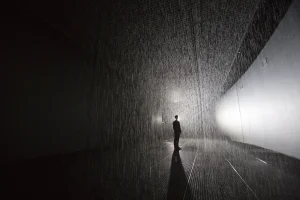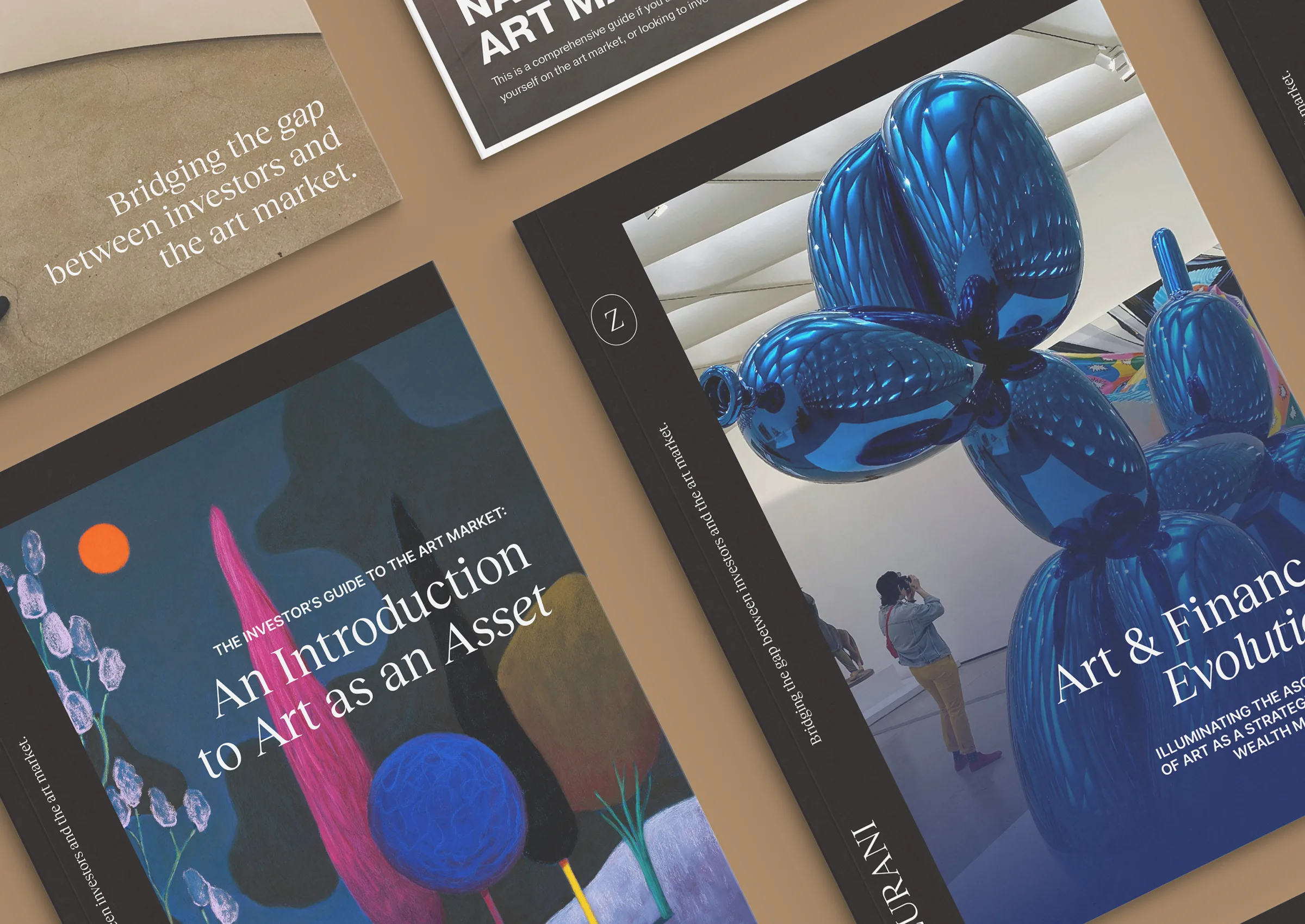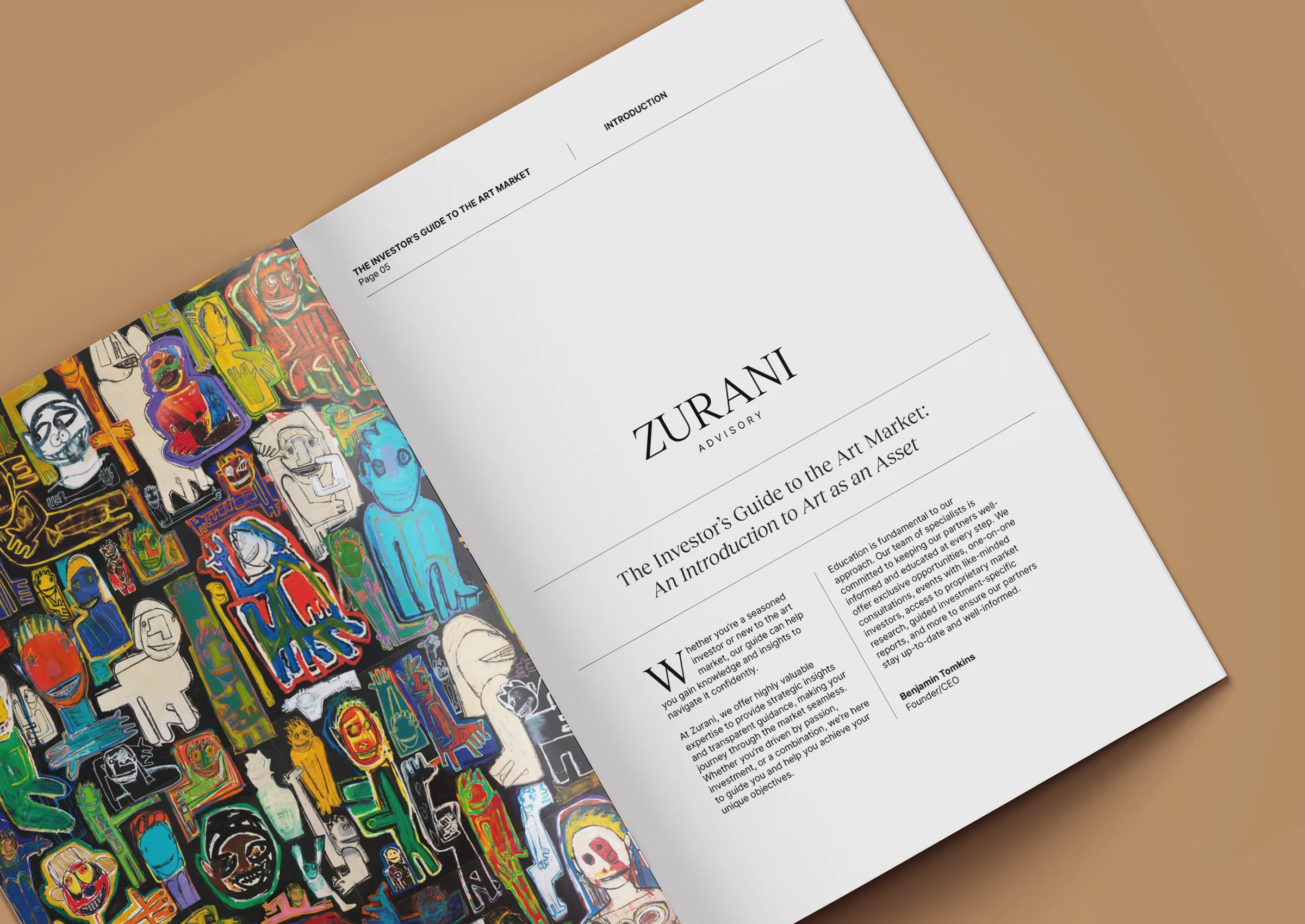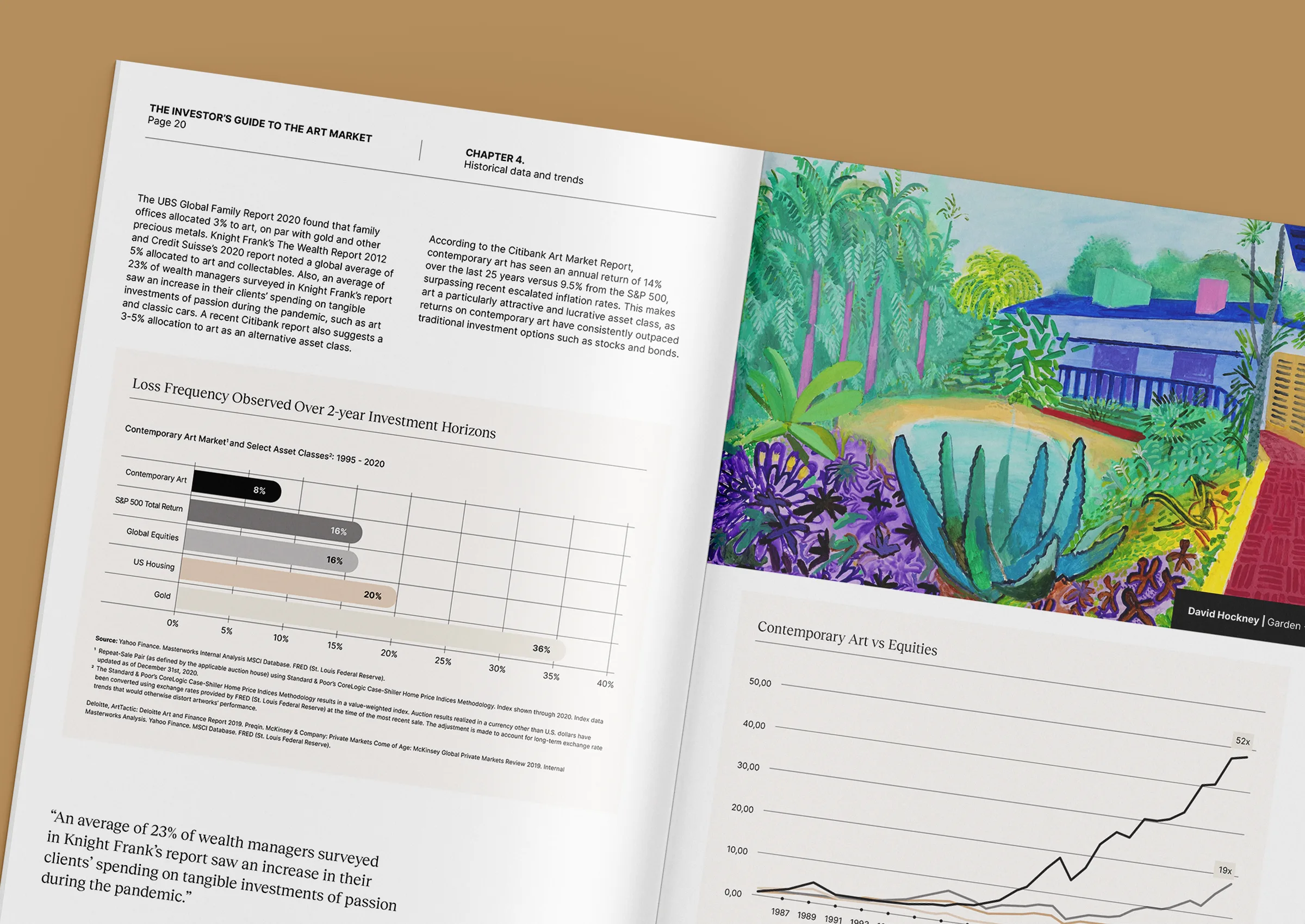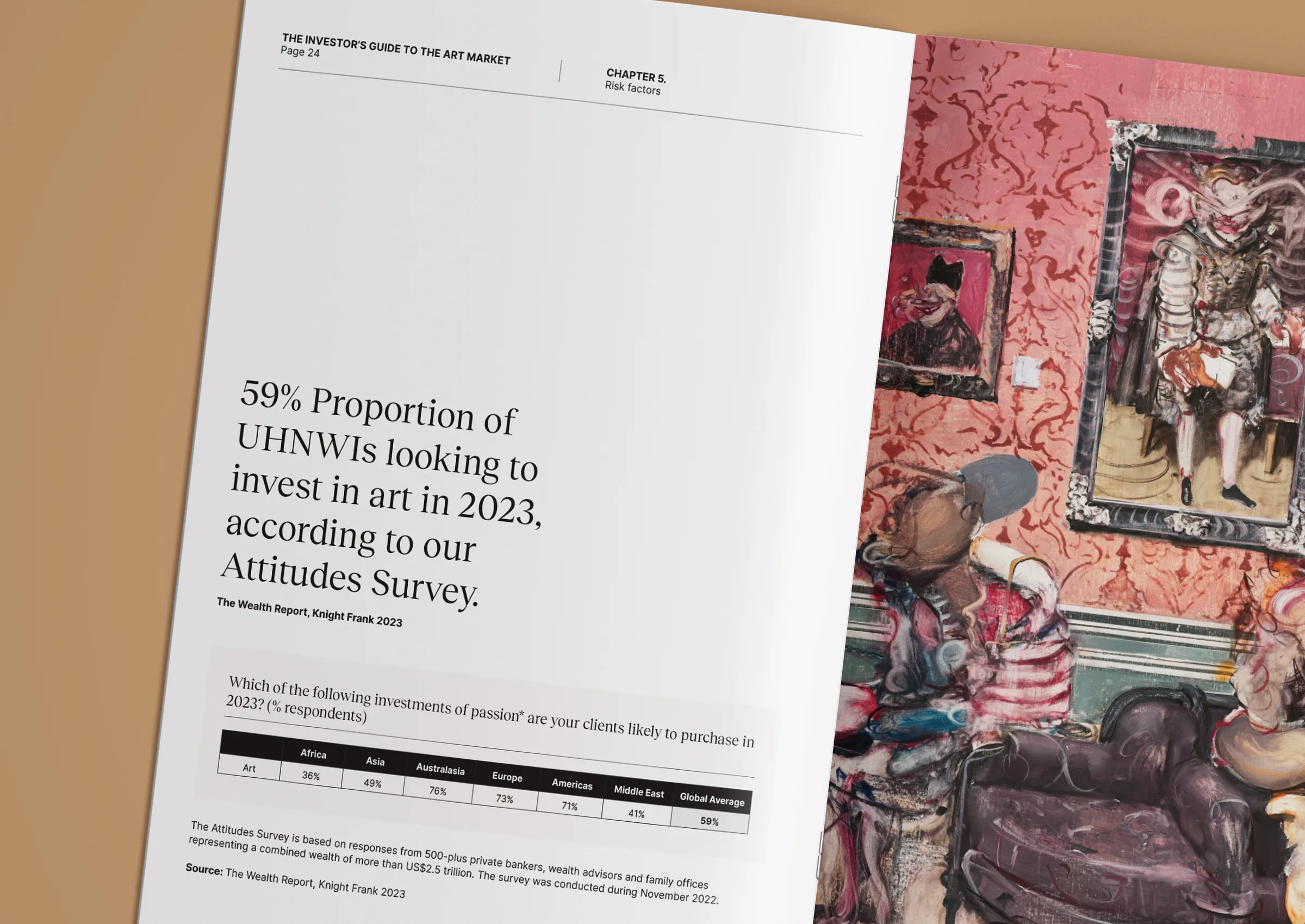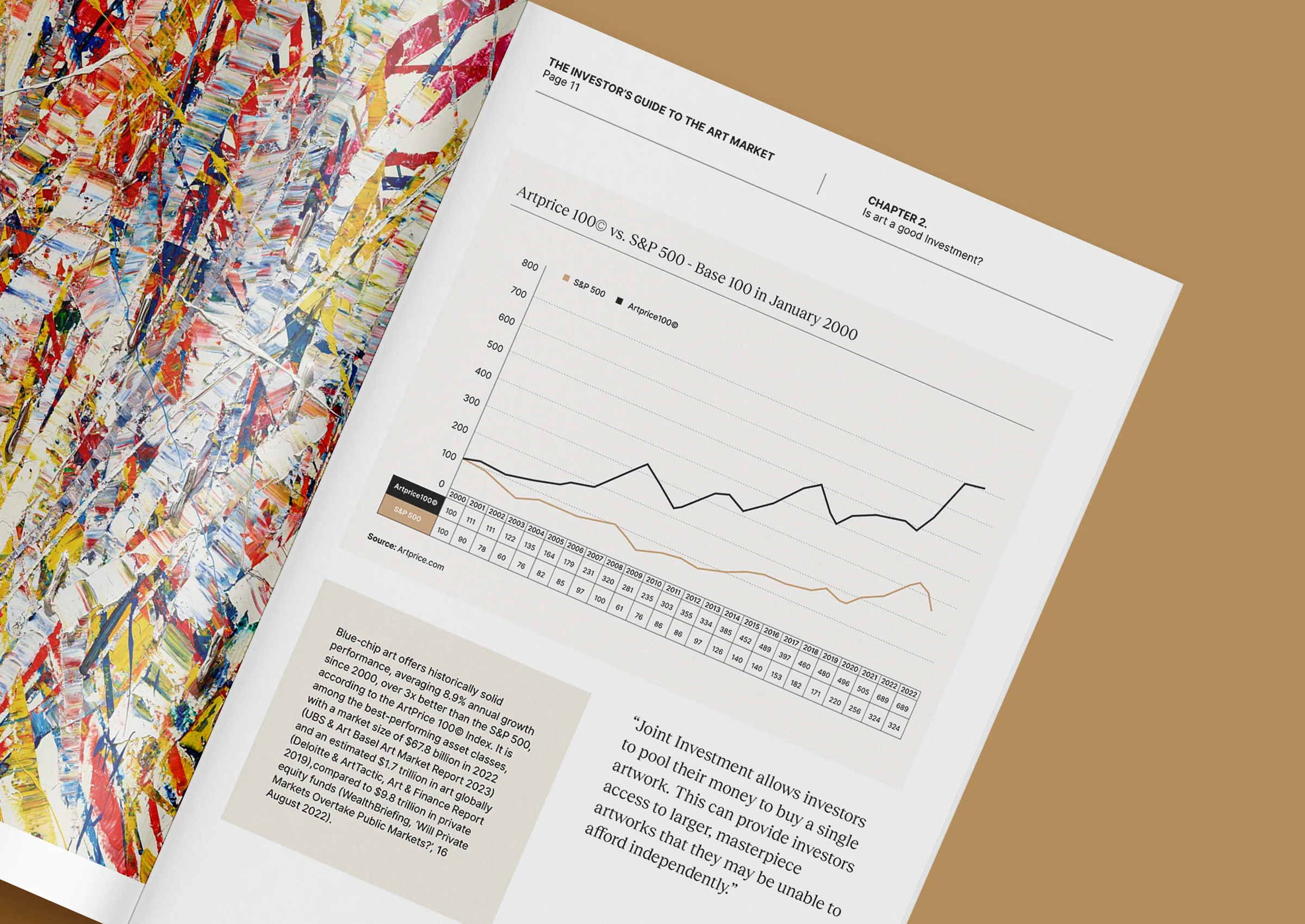A master of contemporary visual storytelling
Daniel Richter, the celebrated German contemporary artist, has carved out a unique niche for himself in the art world, standing as one of the most influential painters of his generation. Known for his vivid colour palettes, intricate figures, and politically charged narratives, Richter’s art confronts the chaos of the modern world with boldness and emotional depth. His works weave together abstraction and figuration, creating a visual language that captivates audiences while sparking thought and dialogue.
Richter’s artistic career is a testament to his relentless experimentation and ability to adapt his style without losing the emotion and tension that define his work. Over the years, he has navigated an extraordinary artistic evolution, transitioning from abstract paintings to figurative works and, most recently, infusing his art with darker, more introspective elements. This commitment to innovation ensures his creations remain relevant and impactful, challenging viewers to question and engage with the complexities of modern life.
From post-war roots to artistic breakthroughs
Daniel Richter was born in 1962 in Eutin, West Germany, a country still grappling with the aftermath of World War II. Growing up during this time, Richter was inevitably shaped by the cultural and political tensions of the era. After developing an early interest in art, he studied at the Hochschule für bildende Künste in Hamburg under the mentorship of Werner Büttner, a leading figure in postmodern painting. Büttner’s influence undoubtedly encouraged Richter’s critical and open-ended approach to art.
Richter’s early career was closely tied to the underground punk and alternative music scenes of the 1980s. This rebellious environment profoundly influenced his creative outlook, offering him an expressive outlet that encapsulated a raw and unfiltered energy. The DIY ethos of the punk culture resonated in his early abstract works, which were characterised by their vibrant colours and expressive chaos. By the late 1990s, Richter shifted significantly, moving toward more figurative compositions that integrated storytelling, emotion, and socio-political critique. This marked the beginning of his global rise to renown as a contemporary artist.
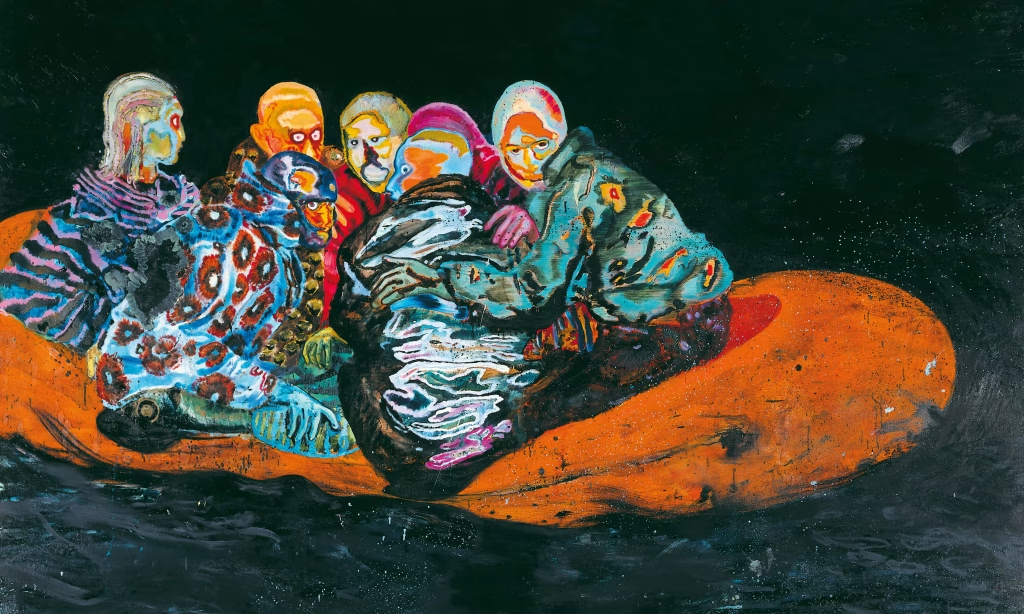
Groundbreaking works that define a generation
Daniel Richter’s works occupy a unique space where beauty meets unease, often leaving viewers grappling with their emotions. His paintings do not merely decorate walls; they command attention, ask questions, and provoke thought. Among his most notable pieces is Tarifa (2001), a chaotic yet poetic depiction of migrants on a beach, captured in a dreamlike, otherworldly setting. The painting’s fluid forms and haunting figures resonate deeply, reflecting not just the human cost of migration but also the broader social conflicts and political struggles surrounding it.
Another standout work, Riot (2012), illustrates the frenetic energy of mass protests. The piece is filled with movement, immersing the viewer in the kinetic, almost chaotic force of collective action. Richter’s brushwork and dynamic use of colour enhance this sense of vivid immediacy, making Riot one of his most emblematic explorations of the tension between individuals and systems of power.
One particularly bold work, Hello, I Love You (2019), pushes boundaries even further. This intimate yet confrontational piece juxtaposes sensuality and aggression, challenging the viewer to confront the dualities of human nature. It exemplifies how Richter uses a personal lens to reflect on broader societal contradictions.
Themes, techniques and influences
Richter’s art often balances on the edge of polarities, exploring themes that oscillate between the personal and the universal. He confronts questions of power, identity, and human vulnerability with profound sensitivity. His style incorporates a range of influences, including medieval art, pop culture, photography, and even comic books. This eclectic approach gives his works a richness that resonates with different audiences and contexts.
One of Richter’s trademarks is his mastery of blending abstraction and figuration. Rather than adhering strictly to one style, he often fuses both to create layered, multidimensional narratives. His earlier abstract works are characterised by an explosive use of colour and texture, while his later figurative pieces introduce a greater focus on human forms, highlighting their fragility amidst chaotic and unpredictable backdrops.
This oscillation reflects the volatility of contemporary life, making his art profoundly relatable and relevant. The digital era has also impacted Richter’s practice. Elements from mass media, internet culture, and historical markers of collective memory subtly infiltrate his paintings. These references provide his works with broader cultural resonance, situating them in an ongoing dialogue between past and present.
Expanding boundaries and global recognition
Daniel Richter continually challenges himself to evolve artistically, resisting efforts to categorise his work. Over the years, he has revisited abstraction, experimenting with darker tonalities and more introspective themes. This flexibility reflects his refusal to settle into a comfort zone and his desire to mirror changing perspectives as the world around him continues to shift.
His works have been celebrated in major exhibitions around the globe, from the Albertina Museum in Vienna to London’s prestigious Tate Modern. Institutions like the Museum of Modern Art in New York have acquired his pieces for their permanent collections, cementing his position as a leading figure in contemporary art. Each exhibition of Richter’s work serves as a reminder of his ability to reflect human struggles and emotions with unmatched clarity and intensity.
Why Daniel Richter’s art matters
Daniel Richter’s art transcends aesthetics. Through its vibrant imagery and layered meanings, it serves as a space for viewers to question societal norms, confront discomfort, and discover beauty amidst complexity. His paintings invite us to view the world through a different lens, blending chaos with order and emotion with intellect.
This is why his work continues to command attention, standing not only as a visual spectacle but also as a critical engagement with the times we live in. Whether exploring his earlier abstract works or his more recent figurative pieces, one thing remains steadfast in Richter’s oeuvre: a deep and unflinching commitment to capturing the essence of the human condition.
Looking to explore Richter’s captivating art?
Are you intrigued by the dynamic and thought-provoking works of Daniel Richter? At Zurani Art Advisory, we are passionate about connecting art lovers with exceptional pieces that resonate with their taste and vision. Whether you want to explore Richter’s captivating art or add a unique piece to your collection, our dedicated team is here to assist.
To discuss your requirements, discover extraordinary pieces, or discuss contemporary art’s exciting possibilities, contact us to explore how art can become part of your legacy. Call us at +971 58 593 5523, email us at contact@zurani.com, or visit our website at www.zurani.com.
THIS ARTICLE DOES NOT CONSTITUTE FINANCIAL, TAX OR LEGAL ADVICE AND SHOULD NOT BE RELIED UPON AS SUCH. TAX TREATMENT DEPENDS ON THE INDIVIDUAL CIRCUMSTANCES OF EACH CLIENT AND MAY BE SUBJECT TO CHANGE IN THE FUTURE. FOR GUIDANCE, SEEK PROFESSIONAL ADVICE.



